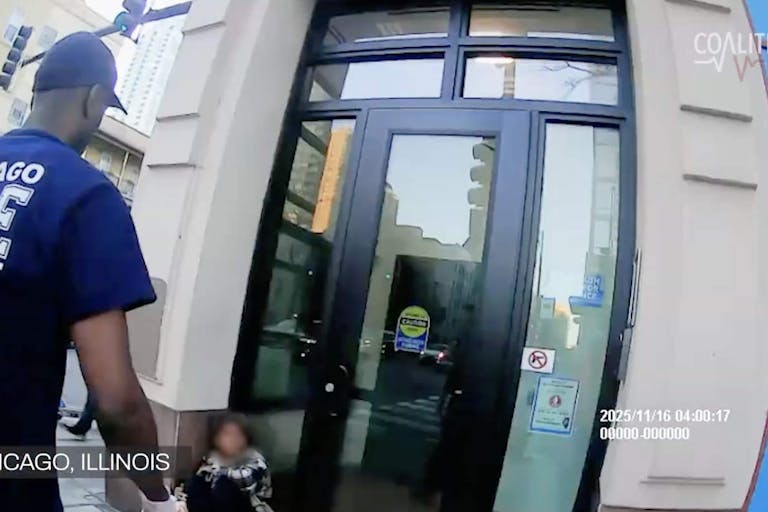
Chicago Planned Parenthood client collapses outside: 'They threw me out'
Nancy Flanders
·
Nancy Flanders
·
Guest Column
Mark Lee Dickson
·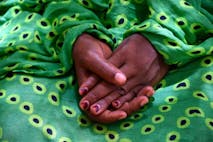
Politics
Stefano Gennarini, J.D.
·
Human Interest
Nancy Flanders
·
Pop Culture
Cassy Cooke
·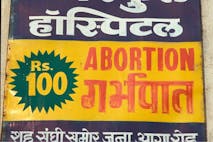
International
Angeline Tan
·
400k+ Readers Strong & Growing
News & Commentary from
A Pro-Life Perspective
As the news arm of Live Action, we educate the public and advocate for preborn rights by providing timely, accurate, and compelling news and stories about the pro-life movement.

Guest Column
Mark Lee Dickson
·
Politics
Stefano Gennarini, J.D.
·
Human Interest
Nancy Flanders
·
Pop Culture
Cassy Cooke
·
International
Angeline Tan
·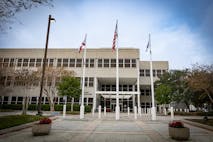
Issues
Bridget Sielicki
·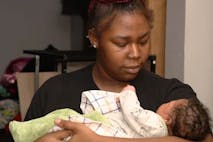
Human Interest
Cassy Cooke
·
International
Angeline Tan
·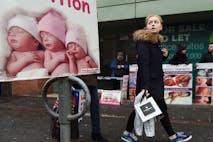
Guest Column
Right to Life UK
·
International
Angeline Tan
·
Activism
Nancy Flanders
·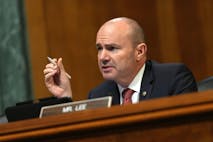
Politics
Bridget Sielicki
·